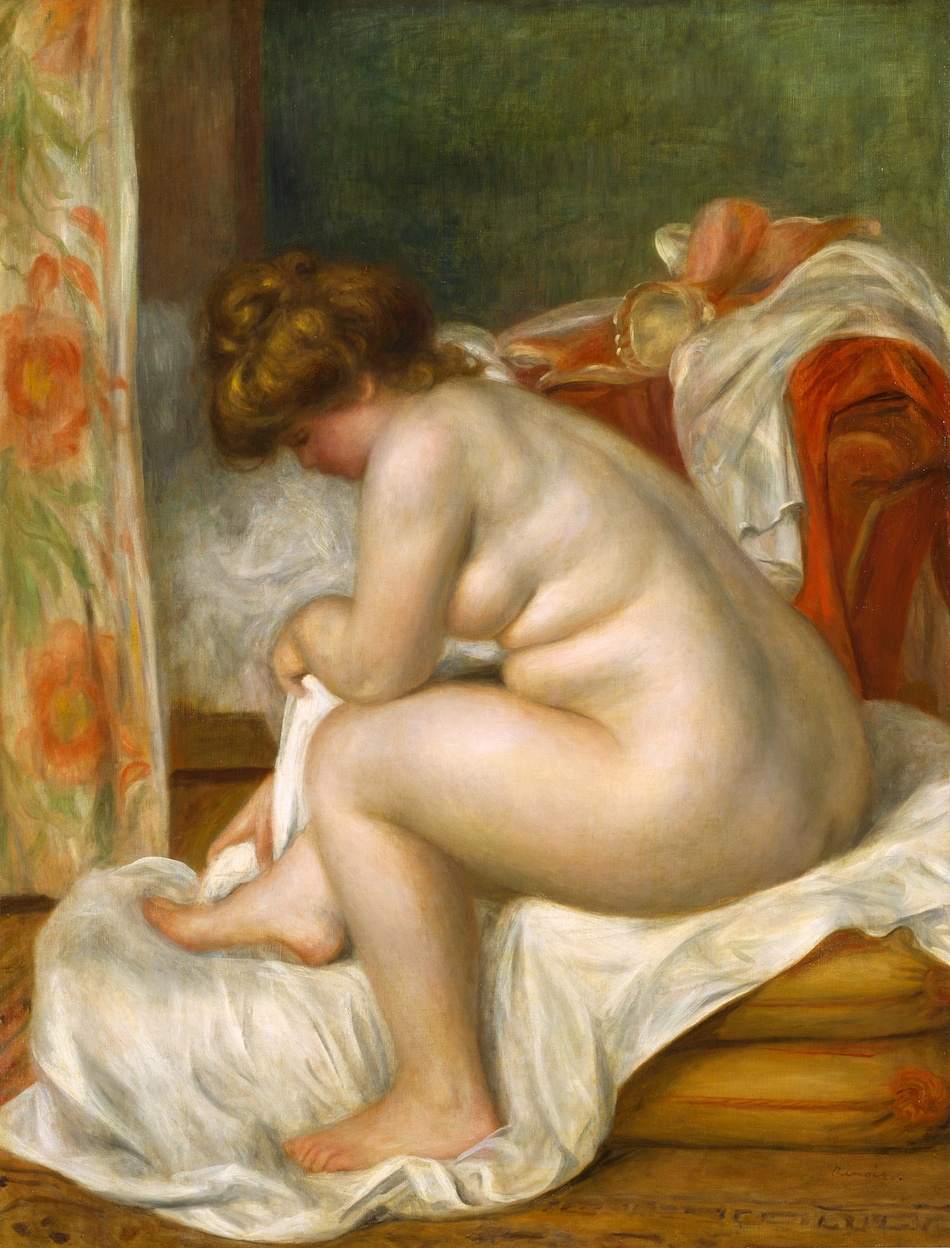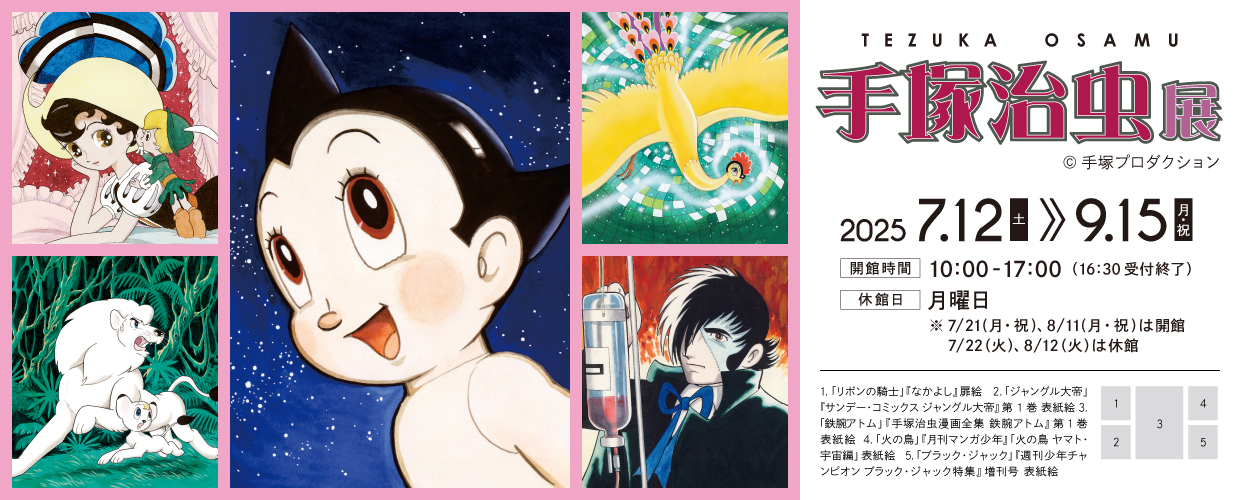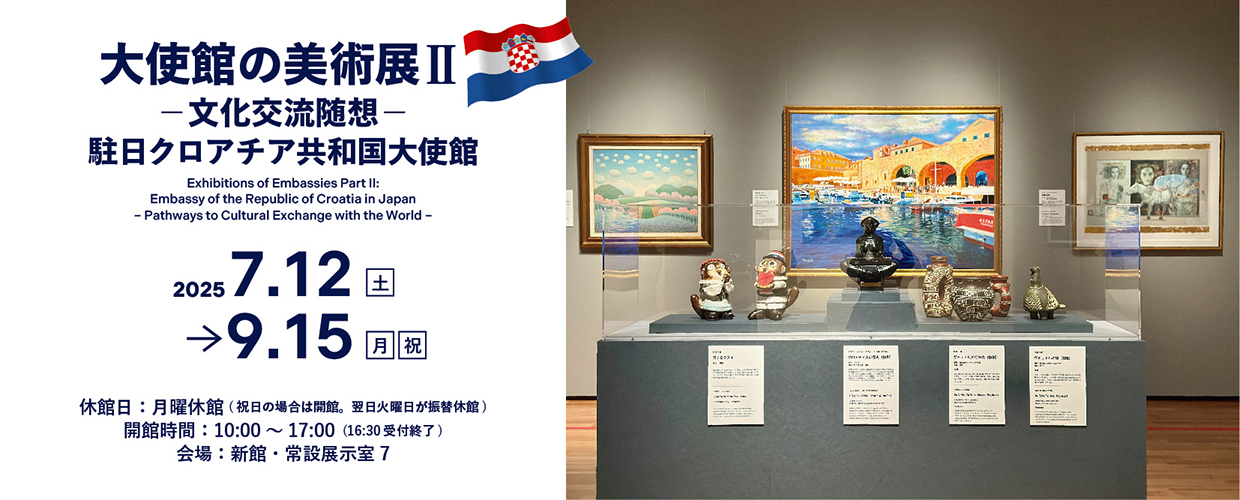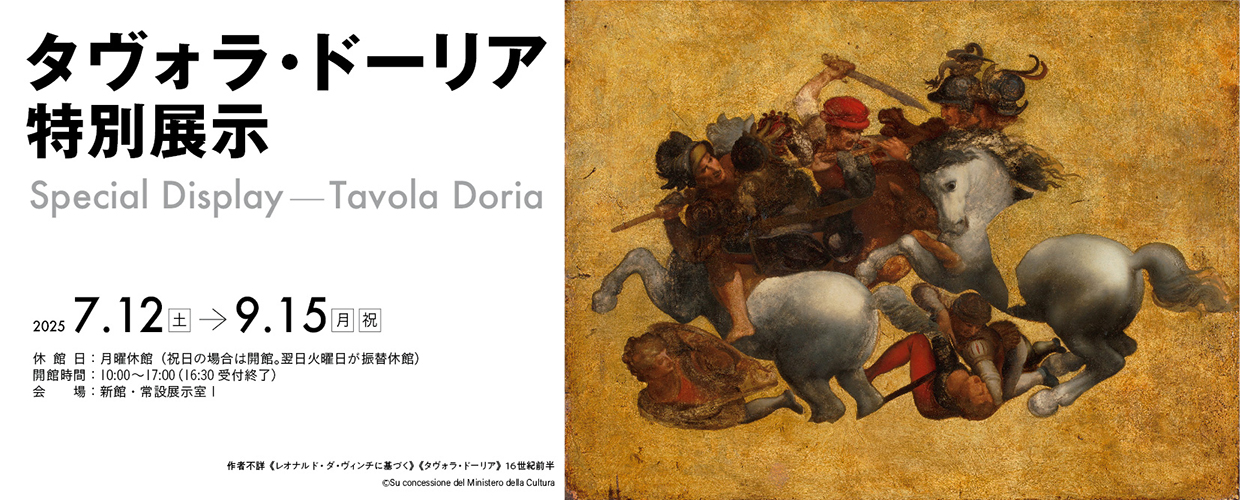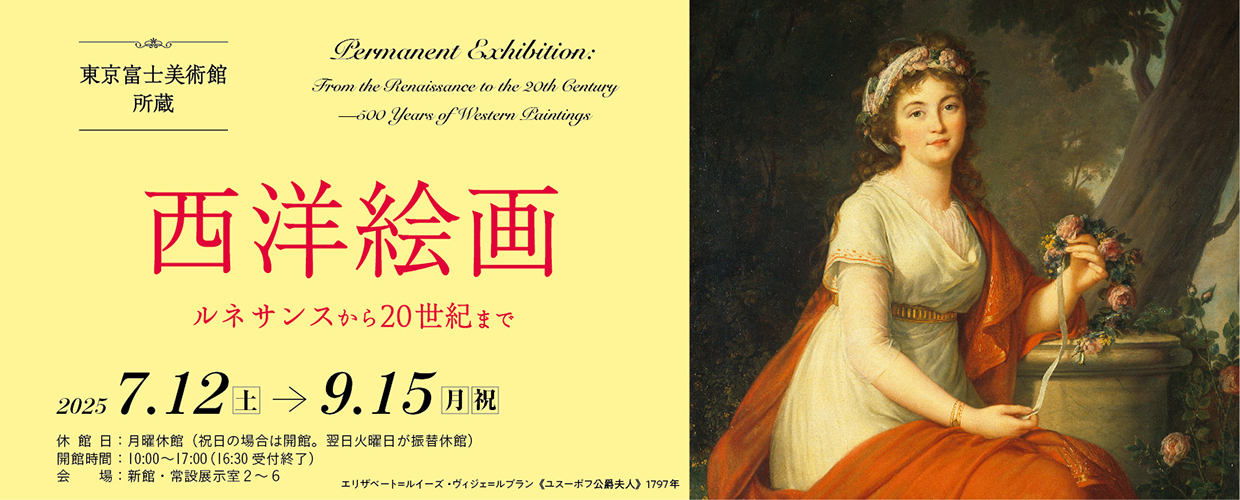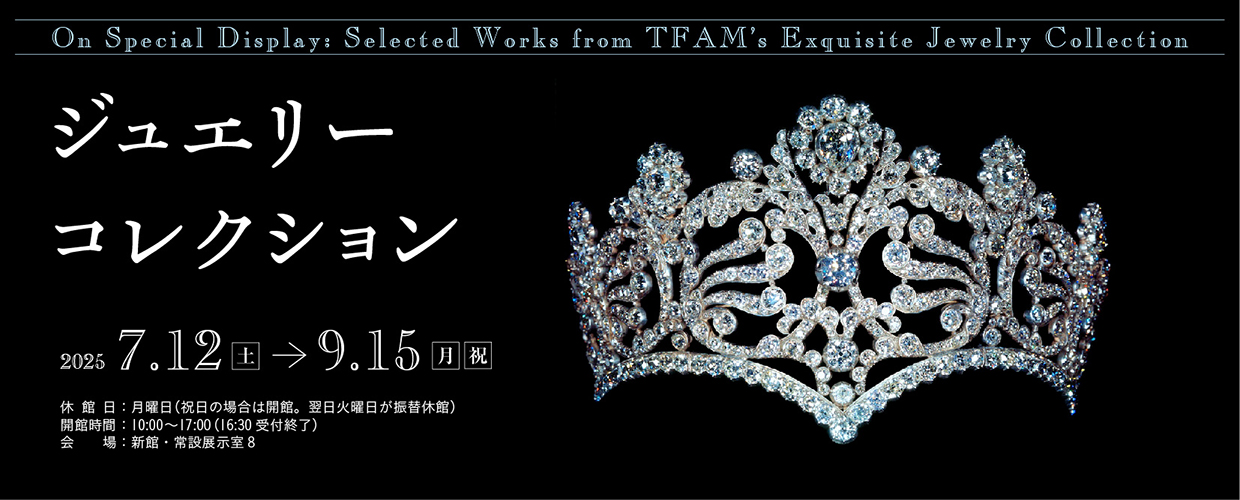1896/Oil on canvas
118.0 x 89.5 cm
Permanent Exhibition: From the Renaissance to the 20th Century – 500 Years of Western Paintings
Exhibition period:Saturday July 12~Monday September 15, 2025
Permanent Exhibition Gallery 5 in the New Wingof Tokyo Fuji Art Museum
Permanent Exhibition: From the Renaissance to the 20th Century – 500 Years of Western Paintings
Exhibition period: Saturday October 4~Sunday January 18, 2026
Permanent Exhibition Gallery 5 in the New Wing of Tokyo Fuji Art Museum
SUMMARY
Titled Seated Female Nude, or Woman After Bath, this work is one of the most brilliant achievements of the female nude figures that Renoir worked on painting later in his career. In May 1896, Renoir held a solo exhibition at the Galerie Durand-Ruel in Paris, and later, in July of the same year, moved to Rue de La Rochefoucault in Montmartre. This work was painted that year. Three years later, in January 1899, it was acquired by Durand-Ruel, and another three years later, in June 1902, was displayed in the “Renoir” exhibition held at the Galerie Durand-Ruel in Paris: This exhibition included 40 recent works by Renoir; there is a record that this work Woman After Bath was listed as the exhibit no. 23. Subsequently, this work has been housed in the Tokyo Fuji Art Museum, after being a part of the collection of Oskar Reinhart, a world-renowned collector in Winterthur, Switzerland. In late 1898, not long after Renoir completed this painting, his rheumatism worsened to the point that he restricted movement in his right arm. Thereafter, his health was getting worse and worse, and he kept suffering from partial atrophy of his left eye muscle and repeated acute attacks of rheumatism. Even though those diseases were bothering him, his painting techniques continued to mature more and more. His female nude figures developed into the monumental depiction of human body that was without peer. This painting of a female nude wiping her foot after taking a bath has four variations that Renoir painted the woman in different poses from 1902 to 1906: One seated with her legs crossed outdoors, one wiping her left leg with a white cloth held in her right hand, and one brushing her hair with her left hand (Kunsthistorisches Museum Wien, Detroit Institute of Arts, etc.). The distinguishing points of this painting compared to the other paintings in this group are: the woman is sitting on cushions indoors, her body is viewed from the side, her legs are not crossed, and she is wiping her right leg. The sculptural sense of volume that can be felt in the depiction of her body could evoke the sculptures of his later years, and Renoir impressively captures the mass of her ample body. In terms of colors, her healthy skin tone that shines like singing a paean to life is perfectly blended with the white cloth and the familiar colors such as yellow, orange, green, and brown which are the attributes of Renoir’s paintings—this color palette that excludes black and limits itself exclusively to the pure colors of maximum intensity is referred to as a “rainbow palette”—to please the eyes of viewers. The matière conveys the texture like a smooth surface of porcelain rather than that of a painting: In fact, Renoir, a native of Limoges, had worked as a porcelain painter in his teens. The reason that Renoir was fond of painting female nudes was that, for him, a female body was an ultimate form to be found amid nature’s bounty, and a means of painting was an act of admiring its physical beauty, eulogizing it, and establishing it as an eternal image. In this sense, it is impossible to define Renoir only within the framework of Impressionism. Rather, it would be essential to recognize him as the painter who belongs to the lineage of the great predecessors of painting, such as Titian and Rubens, and also as the painter who has the craftsmanship which is also common to Boucher.
ARTIST
Pierre-Auguste Renoir
1841-1919
List of artworks by the same artist
INFORMATION

Friday, April 29 - Sunday, July 10, 2022
Transformation: Arts Crossing Borders in the 19th and 20th Centuries Artizon Museum (Tokyo, Japan)
Saturday, January 12 - Saturday, May 4, 2019
500 Years of Western Paintings: Collection of Tokyo Fuji Art Museum Shanghai PowerLong Museum (Shanghai, China)
Tuesday, October 23 - Sunday, December 23, 2018
500 Years of Western Paintings: Collection of Tokyo Fuji Art Museum Tsinghua University Art Museum (Beijing, China)
Sunday, October 1 - Sunday, December 3, 2000
Masterpieces of Western Paintings from the Renaissance to the 20th Century National Dr. Sun Yat-sen Memorial Hall (Taipei, Taiwan)
Saturday, June 24 - Sunday, September 3, 1995
French Impressionism: Symphony of Light and Color Santillana Foundation (Santillana, Spain)
Friday, October 16 - Thursday, November 5, 1992
Masterpieces of European Oil Painting: The Paintings in 20th Century from the Renaissance to Impressionism China Art Gallery (Beijing, China)
Saturday, November 3 - Sunday, December 2, 1990
Masterpieces of European Oil Painting Ho-Am Art Museum (Yongin-gun, Kyunggi-do, South Korea)
Saturday, September 22 - Sunday, October 21, 1990
Masterpieces of European Oil Painting Ho-Am Gallery (Seoul, South Korea)
Provenance: Galerie Durand-Ruel, Paris (25 Jan, 1899, purchased from the painter for 3,000F.) A.A. Hebrard, Paris (3 Feb, 1906, purchased from Durand-Ruel for 110,000F) Lord Alexandre de Wagram, Paris Co.M. Knoedler, New York Oscar Reinhardt, Winterthur (Switzerland) Private Collection, Switzerland Exhibited : Renoir, Galerie Durand-Ruel, Paris, 1902, no.23 Renoir and the Painter of the Postimpressionism, Alex Reid and Lefevre, London, 1930, no.10
Literature : Ambroise Vollard, Salon of Mrs. Carhpentier, L’Art et les Artistes, Paris, 1920, p.166, no.4 H. de Régnier, Renoir: Nude, Paris, 1923, pl.no.167 Gustave Coquiot, Renoir, 1925, p.225 Michel Florisoone, Renoir, London-Toronto, 1937, p.131 François Daulte, Catalogue raisonné de l’Œuvre peint de Renoir, Tome 2 Figures, 1891-1905, no.757 [En prépation]
EXPLORE

You can search and browse content on a platform across museums and archival institutions nationwide, and create My Gallery (online exhibition).

You can view the work in High-resolution.
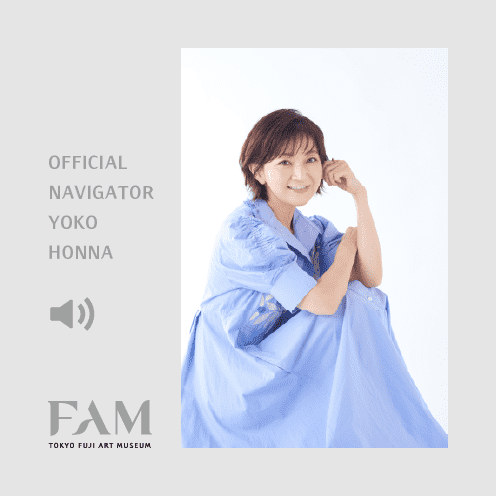
The Official Navigator of the Tokyo Fuji Art Museum is voice-over artist, actress and vocalist Yoko Honna. She narrates the Japanese-language presentation and audio guidance segments of the works of Western paintings on display at our New Wing Permanent Gallery.
